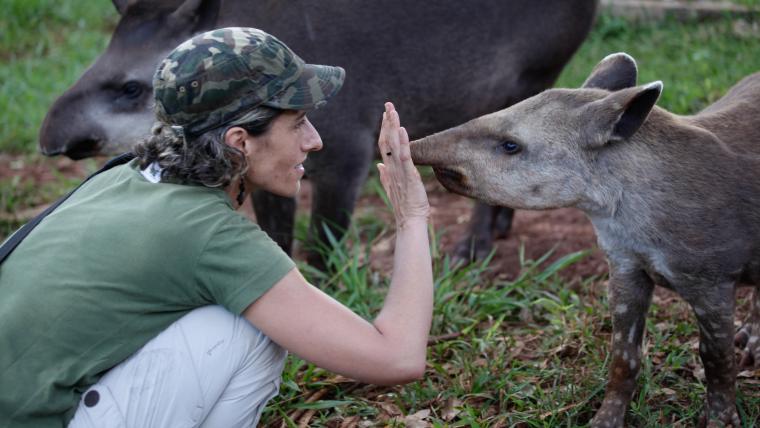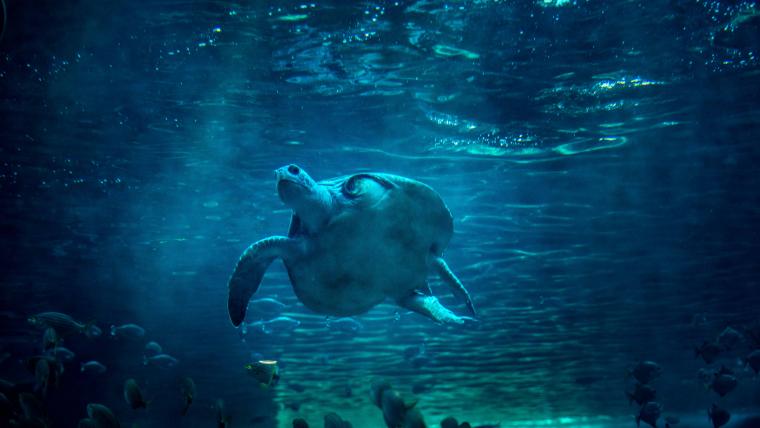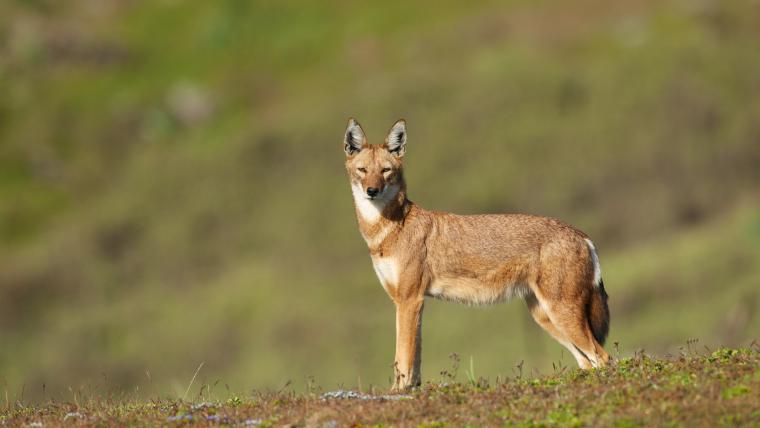
Armed with knowledge, she’s saving tapirs from the current wave of extinction
Tapirs are considered living fossils. The largest mammals in South America survived several waves of extinction, one of which is happening at this moment. But now, there’s a key difference. “In the past, we didn’t have human beings. The wave of extinction we’re going through now is caused by us,” tapir expert Patricia Medici explains. “We don’t know if they’re going to be able to go through this one.” In the face of this uncertainty, she’s fighting harder than ever to give them a surviving chance.
All four living species – the South American, Malayan, Baird’s, and mountain tapir – are endangered or vulnerable to extinction. The 250-kilogram animals are hunted for meat, and often have nowhere to turn as their habitats are increasingly fragmented by urbanisation. “Although many scientists don't know much about tapirs, it's critical that we care for them,” Medici says. Holding a PhD in Biodiversity Management, and qualifications in Forestry Sciences and Wildlife Ecology, the Brazilian conservationist is advocating for a deeper understanding of tapirs. In 1996, Medici founded the Lowland Tapir Conservation Initiative. Over the past two decades, she has run research programmes and collected data to protect the South American species in her home country. This includes opening up scientific tourism to the public, and developing strategies to protect tapir habitats.
“I want everybody to know that this isn’t just a Brazil problem, or a tapir problem,” Medici says. “We’re all connected to nature. So if we lose one species, humans will be next on the endangered list.” Despite this grim possibility, Medici has hope. “We believe in what we do,” she says. “As a result of the passion and knowledge, I’m confident that something good will come out of that.”
Footage by the Lowland Tapir Conservation Initiative was used in the creation of this film.






























Please sign in to leave a comment